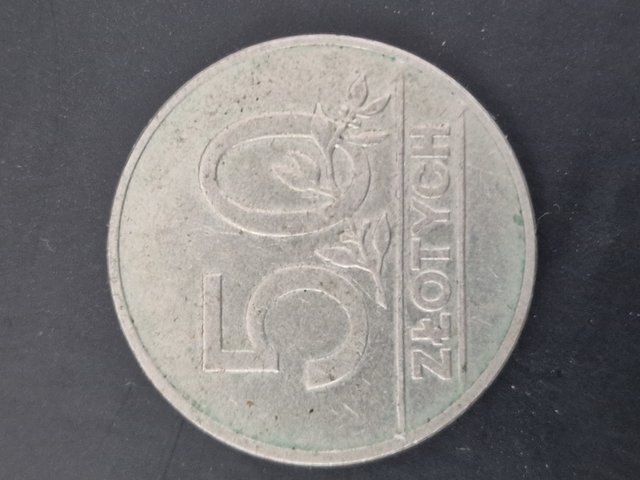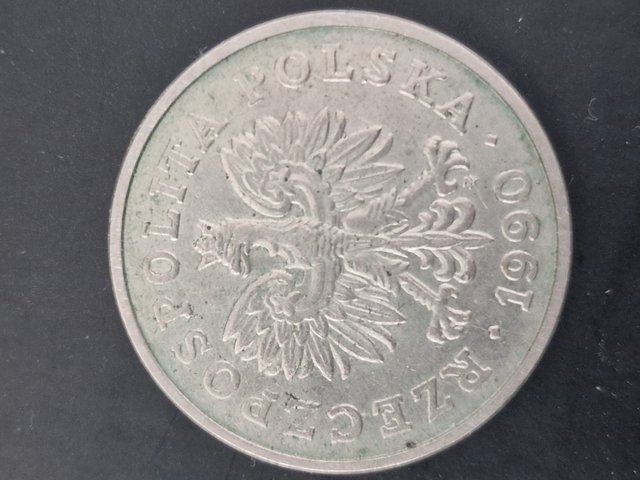50 złoty 1990
Today, I sat down with a coffee and looked at a coin that, not so long ago, was in the wallets of people all over Poland, and now brings back more of a nostalgic smile than a real memory of everyday shopping. I am talking about the 50 złoty coin from 1990, which was one of the last breaths of the old złoty before the great denomination. If you think about it, this piece of copper-nickel captures the whole atmosphere of those strange, somewhat chaotic, but also exciting years, because on the obverse there is an eagle without a crown, exactly as we remember it from the Polish People's Republic, which immediately reminds us that this is a coin from a transitional period, when one era was ending in the country and another was beginning, and on the reverse we have a simple, large inscription 50 ZŁOTYCH and a twig, nothing extraordinary, but it is precisely this simplicity that is charming, because people at that time did not look at the aesthetics of the coin, but only at whether they had enough in their wallets to go shopping and whether they would have to take out a whole handful of coins to pay for bread or a bottle of orangeade, and inflation was raging at such a rate that denominations were losing value practically from month to month, so no one was particularly concerned about it, and yet those fifty zlotys had their weight in the pocket and their role in everyday life. When I hold such a coin in my hand today, I feel like I'm back at the market in the early nineties, I see those colourful stalls where, next to apples and potatoes, there were cassette tapes with disco polo and Western rock recordings, I see kiosks with Turbo and Donald chewing gum, I can smell the fresh bread, which was a completely ordinary commodity at the time, but was bought a little differently, because sometimes you had to hunt for the hours when the bakery was releasing a new batch, and coins like this one passed from hand to hand, left at the cash registers, handed to shop assistants, thrown into metal cans as change, and in the evening they ended up in jars on kitchen shelves, where parents put their small change so that the next day their children could buy lollipops or bus tickets with it. An interesting fact is that fifty-zloty coins from that year were minted in huge quantities, with millions of them entering circulation, which is why today they do not have great collector's value, but for people who grew up during that period, they are a symbol of the realities of that time, because who would have thought then that a few years later the same 50 zlotys would be worth only five groszy after the denomination, and that the old money would completely disappear from circulation, to be replaced by completely new coins and banknotes, fresh and smelling of modernity. Today, due to this irony of fate, coins like this one have become souvenirs, a piece of metal that brings back memories of family shopping trips, school trips and first pocket money, because those were the days when children really enjoyed having a few zlotys in their pockets, because they could buy something sweet or a small item at a kiosk, and now the same coin is more enjoyable for a collector than a shop customer. I can tell you that for me, holding it in my hand is not just a numismatic curiosity, it is a return to a world where inflation was chasing people, but despite this, there was a certain normality, a world without smartphones, with queues in shops, with cassettes and tape recorders, with people who were building a new Poland, and that fifty-złoty coin was one of thousands of elements of everyday life that today have greater emotional value than ever before.


